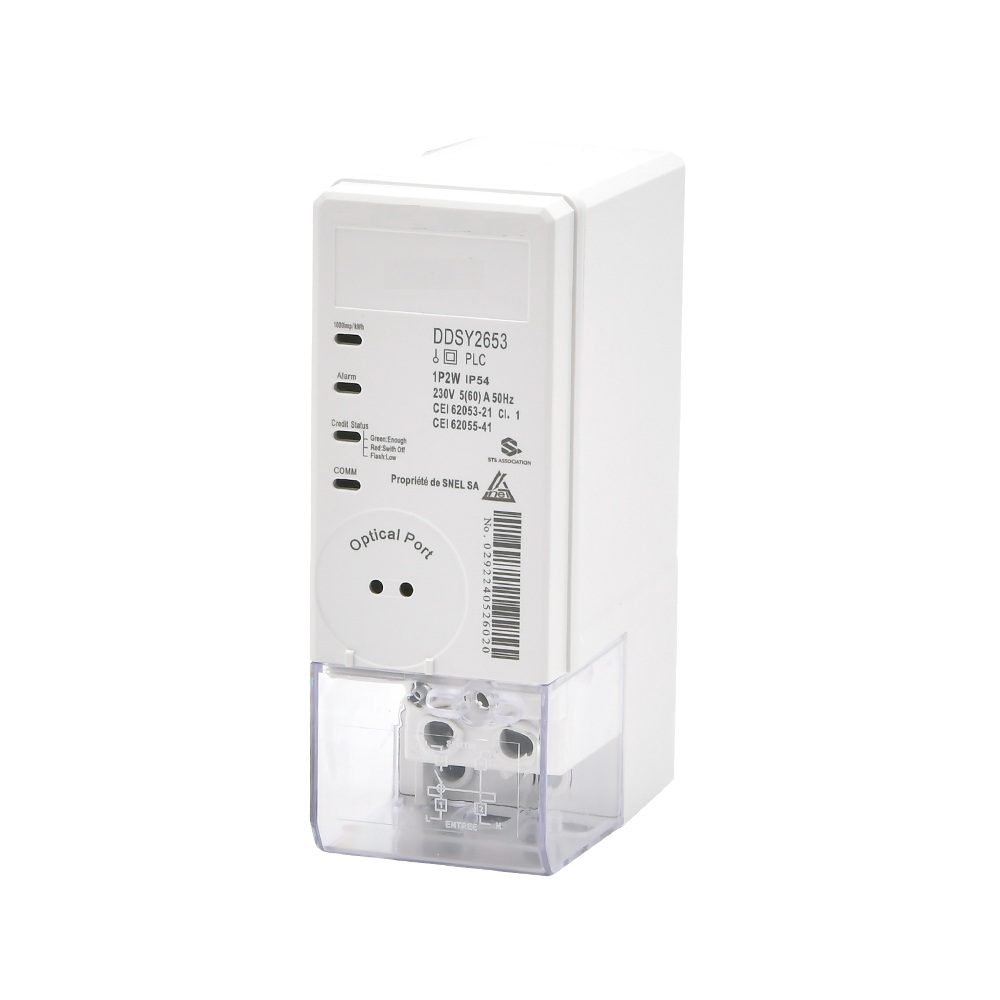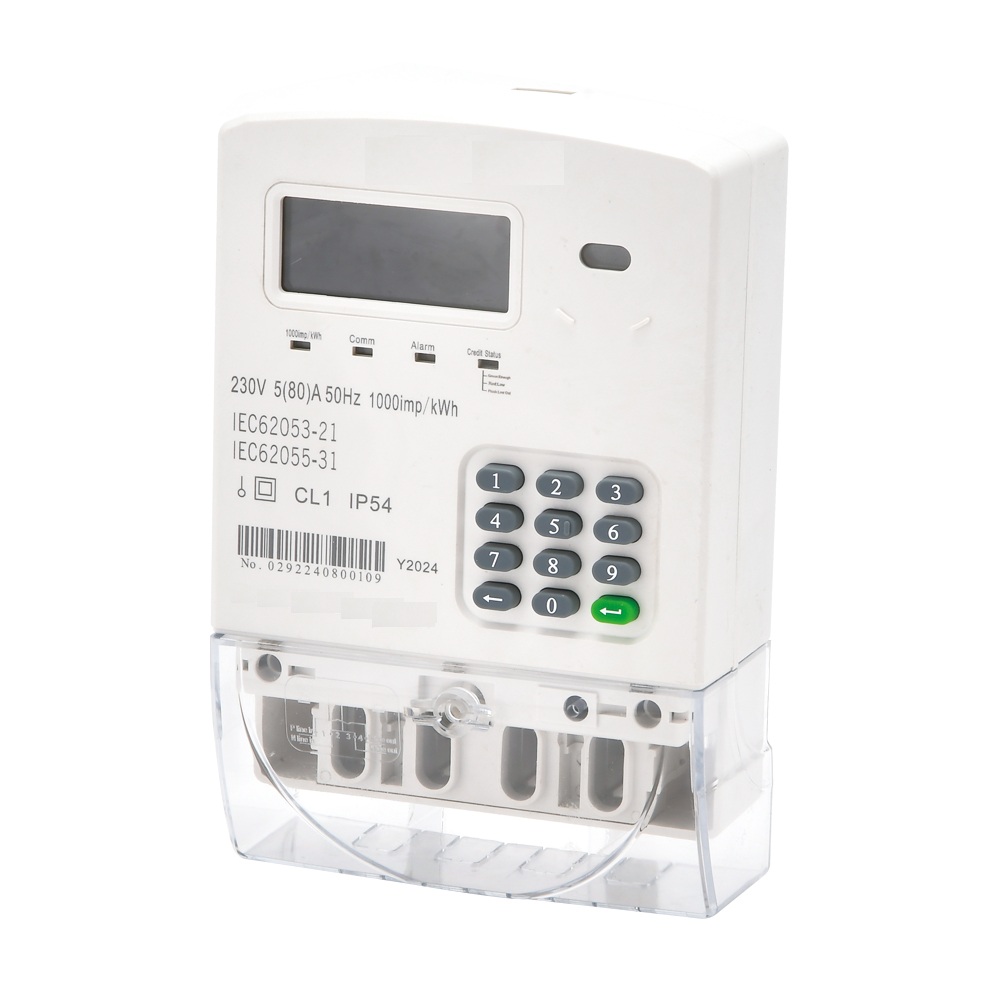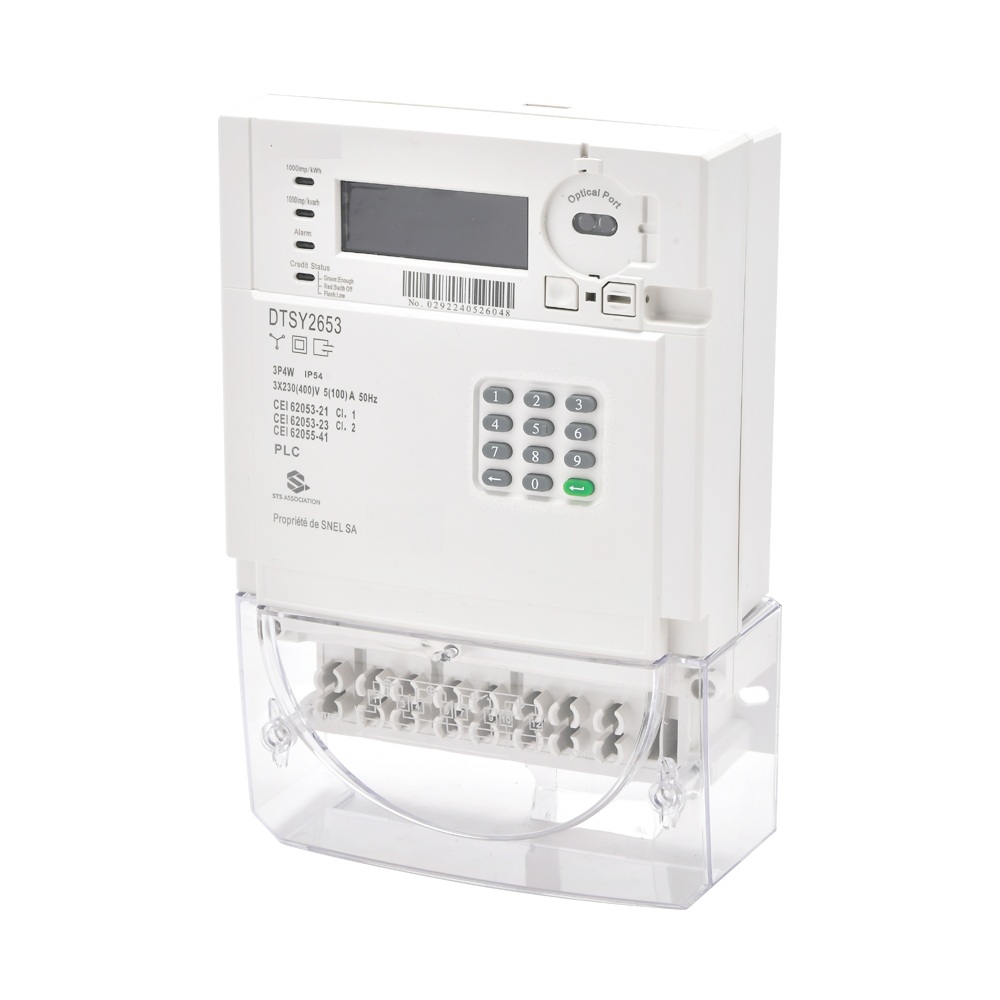Why are remote prepaid meters gradually replacing card inserted meters?
Publish Time: Author: Site Editor Visit: 1
convenience
Remote prepaid electricity meter: Users can make payments through various channels such as mobile apps and online business halls, and complete power purchase operations anytime and anywhere without the need to recharge at designated locations. For example, if a user finds that their home battery is low during a business trip, they can immediately recharge through a mobile app to avoid power outages due to unpaid bills.
Card inserted electricity meter: Users need to recharge their purchased electricity card at a designated location, and cannot make payments anytime and anywhere, causing inconvenience to users. Especially in emergency situations, if the user's battery is depleted and unable to recharge in a timely manner, it may affect normal life and production.
real-time
Remote prepaid electricity meter: Through the built-in communication module, users' electricity consumption data can be transmitted in real time to the backend management system, making it convenient for power supply enterprises to monitor and manage users' electricity consumption in real time. For example, when the user's battery is low, the system can immediately send a reminder message to avoid the risk of arrears.
Card inserted electricity meter: The collection of electricity data is not timely enough. If there is no on-site meter reading, the user's electricity consumption can only be transmitted when they purchase electricity, and the data has a lag, making it difficult to achieve statistical analysis of actual electricity consumption and line loss calculation.
intelligent management
Remote prepaid electricity meter: Managers can monitor users' electricity usage in real-time through a remote monitoring system, enabling refined management and data analysis. It can detect abnormal electricity usage situations in a timely manner, such as electricity theft, leakage, etc., to improve management efficiency and safety. For example, managers can set tiered electricity prices based on actual conditions to encourage users to use electricity reasonably.
Card inserted electricity meter: For managers, manual issuance, recharge, and management of power purchase cards are required, which involves a large workload and is prone to errors. Moreover, it is difficult to monitor users' electricity usage in real-time, making it difficult to carry out refined management and data analysis.
Cost control flexibility
Remote prepaid electricity meter: Users can choose different amounts of recharge based on their electricity usage, allowing for more precise control of electricity expenses. You can also set a limit function to pre-set the electricity fee limit in advance. Once the set limit is reached, the electricity meter will automatically shut down to avoid overspending problems.
Card inserted electricity meter: Cost control can only be achieved by purchasing cards of different denominations, which is relatively inflexible.
safety
Remote prepaid electricity meter: Multiple encryption and security measures are adopted to ensure the security of data transmission and storage, effectively preventing data leakage and illegal tampering.
Insert card electric meter: The power purchase card is prone to loss or damage. If the user loses the power purchase card, they need to report the loss and apply for a replacement, which is a complicated procedure. Moreover, the power purchase card may be copied or stolen, posing certain security risks.
cost-effectiveness
Remote prepaid electricity meter: Although the equipment and construction costs are relatively high, in the long run, its convenience, real-time performance, and intelligent management can reduce management costs, improve electricity collection rates, and have good cost-effectiveness.
Card inserted electricity meter: The equipment cost is relatively low, but the management efficiency is low, and errors and disputes are prone to occur, which may increase management costs in the long run.



